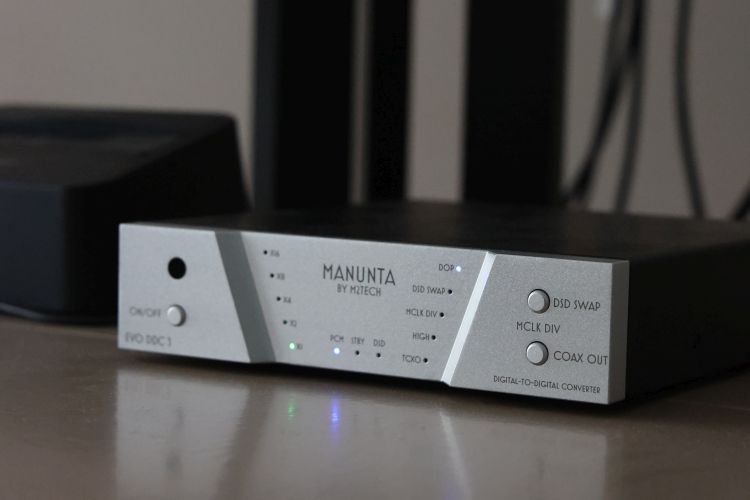
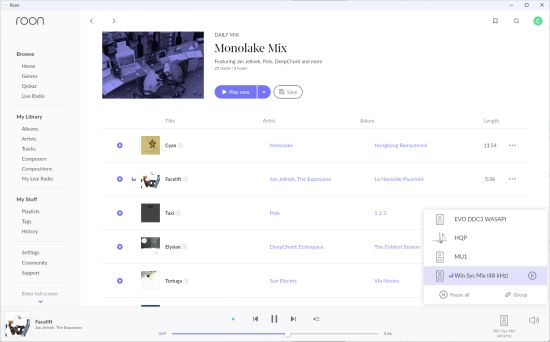
Roon Setup
The Evo DDC 3 is recognized by Windows 11 as soon as you connect it and it is automatically selected as the default output device. Naturally, this can be changed any way you like, and as many will know, using the Windows mixer does not yield the very best sound quality possible. For that, one should directly select the Evo DDC 3 output in the audio player software settings (rather than in the Operating System) and use either WASAPI or ASIO. The latter has certain benefits, but for my use, WASAPI is simpler and already sounds superb.
To obtain the maximum sound quality from WASAPI, I recommend making two changes in Roon. In the Audio Device Setup, enable “Exclusive Mode” and “Event Mode”.
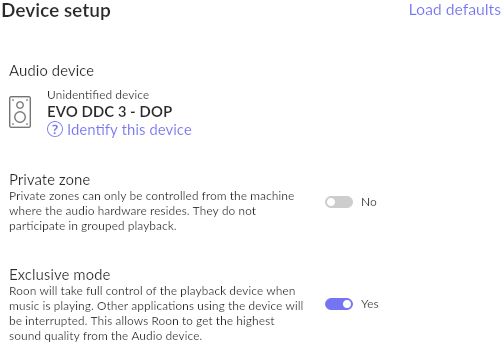
![]()
You will find that both settings very noticeably tighten the bass and provide cleaner, more precise, and more detailed sound overall. It should be noted that Exclusive mode, as its name implies, does not allow sharing of the output. This means that when Roon plays music, other video or audio apps will not be able to play, and you may get an error message, for instance when trying to use YouTube simultaneously.
For this reason, I have set up two outputs in Roon. One via Windows Mixer and a direct output via WASAPI with the above-mentioned settings. This way, I can choose to have the comfort of hearing all sound sources on the computer (including other audio apps, YouTube, notifications, etc.) mixed simultaneously in high quality via the Evo DDC 3 or select only Roon and obtain the most accurate playback possible.
Earlier Experiences
In my 2014 Computer Audio setup, when I first added the fully analog Genelec 8050s to my system, I was already impressed when driving these speakers via a Wadia 121 DAC. This experience later led to an expansion of that setup in 2015 with better acoustic treatment and a third incarnation still later in 2016 using the Exogal Comet DAC. The Computer Audio Room was eventually sacrificed to create a dedicated TV room and a secondary audio system while I was at it. Since I started working 100% from home almost two years ago, my preferences have shifted, and I began to desire a dedicated work area again.
I’ve always had a weak spot for Genelec speakers, but it wasn’t until I heard the “digital” 8341A Genelecs in the acoustically relatively troublesome kitchen environment, calibrated via SAM and its AES/EBU inputs driven by the HiFace Evo late last year (2022), that my chin truly fell to the floor. This experience has recently led to the takedown of my secondary audio system to make room for the fourth incarnation of the Computer Audio room annex Work Space.
In this dedicated room, I spend 75% of my time working remotely and writing reviews for HFA. As a result of basically “living” in this room full-time, I find myself listening to music much more there than in my main system, and as such, the system deserves to sound as good as it can!
System Context
The Windows 11 PC is nothing special in audiophile terms, but it is built from good quality components such as an ASUS motherboard with Intel i5 processor, 32GB Kingston DDR4 DIMM memory, 2TB Samsung NVMe M.2 Pro SSD, and a Cooler Master MWE 550 Gold-v2 Power Supply. I prefer not to use mains filtering but pay special attention to the power cables themselves. I use the same low-capacitance solid-core installation wire from the main breaker box to a full aluminum power distributor mounted under the desk. The best AES/EBU cables I have heard are made by Jorma Audio, which I use in the main system. However, I feel they are a little too costly for the Genelec setup. So, for this system, I resort to the second-best AES/EBU cables I have heard, the Mogami Neglex 3080. The Mogami is very affordable yet still very accurate.
At the moment of writing, the Bass Traps, diffusers, and ceiling vanes are still to be delivered so the room’s acoustics are not yet finalized. But thanks to the Genelecs’ room correction, the sound can still be optimized, time-aligned, and made to sound remarkably linear. But of course, this digital system can only compensate for peaks, not nulls, meaning I’ll have something remaining to look forward to. I will write a separate article when the acoustics products are installed.
Listening
Exclusive Mode (see Roon Setup above) sounds best, and although I have not yet tried it, experience tells me the same is true for ASIO. But thanks to the Manunta Evo DDC 3’s high inherent quality, the sound is still great, even when using the Windows Mixer and with everything resampled to 48kHz.
The Genelec 8341A’s are refined and non-aggressive speakers, but they are also very highly revealing, and when comparing the Evo DDC 3’s AES/EBU feed to the Motherboard’s analog outputs, it truly puts the latter to shame. It is certainly still listenable but comparatively blurry, soft, and woolly. In addition, the imaging focus and spaciousness also suffer. The Genelecs may still sound “pleasant” and arguably still musical when driven straight from the motherboard, but it is clear that they only reach an audiophile level when used with a proper digital interface.
With the Manunta Evo DDC 3 in place, even though the acoustics are not yet 100% perfected, the Genelecs are now challenging my Magico S1 MkII speakers in the main listening room in certain aspects, such as bass precision, linearity, and transient behavior. Of course, the 8341A’s SAM calibration system has a big hand in this as it compensates for the room issues. But even when using SAM, the Genelecs did not fully impress until they were driven by the Evo DDC 3. As always, it is important to address all the links in the chain to avoid the weakest link spoiling it for the rest. These links include a clean music path, correct physical speaker placement and listening position, and appropriate acoustical treatment. Then, we can start tweaking using bespoke power supplies, audiophile USB cables, and audiophile AES/EBU cables. And that’s forgetting about network cables, audiophile switches, and a better server than my regular Windows 11 PC, but all that is for another occasion!
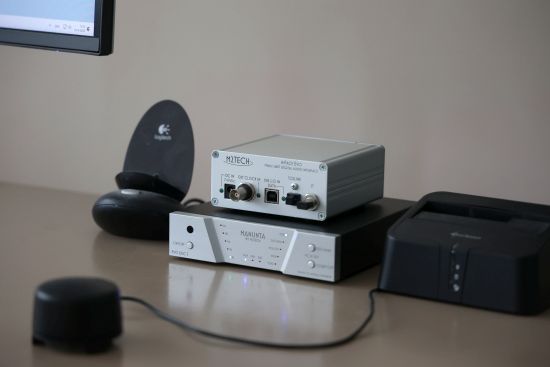
Surprisingly, the Evo DDC 3 sounds different from the HiFace Evo. I’m not sure if it is a fair comparison given that the HiFace has been run in for over a decade while the Evo DDC 3 has only been used for a few weeks, but the difference is very clear and very clearly in favor of the new unit.
In contrast to the Evo DDC 3’s beautifully tight, crisp, and highly articulate presentation, the HiFace Evo sounds comparatively duller, slower, “fatter”, and more washed out. One could argue the old unit sounds fuller or “warmer,” but I would counter that it is merely less precise. I will admit to having expected a difference but rather in the scale of nuances. I was definitely not expecting such a clear-cut case as it turned out to be. In any case, my preference is clearly for the newcomer, and I can wholeheartedly recommend it!
Optional TCXO board
It might be desired to improve the Evo DDC 3 internal clocks performance to reduce jitter and increase the quality of higher sampling frequency transfers on the I2S output. This can be accomplished by installing an optional board inside the Evo DDC 3, also provided by Manunta, which hosts two very low jitter TCXOs (TemperatureCompensated Xtal Oscillators) which Manunta claims have the same performance as the famous Femtoclock oscillators. While the user can easily install this board after purchase, this will require opening the unit, invalidating the warranty. For this reason, it is recommended to have the upgrade done by a technician previously authorized by Manunta or factory-installed at purchase.
An Interview with Marco Manunta
Marco Manunta was kindly available for a small interview to talk about the spin-off brand Manunta by M2Tech, as well as about the main company M2Tech.
HFA: Dear Mr. Manunta, I read in another review how you first got involved with the audio industry when Audio Analogue started twenty years ago and you created digital circuits for their DACs and CD players, then started your first company, North Star Design, meanwhile, provided consultancy services for other Italian audio companies, and started M2Tech in 2007. That’s quite a track record already, but all in a nutshell. Would you like to elaborate on this?
Marco Manunta: Well, the actual timeframe sees North Star Design as a debut in 1998. Two years later, my partner and I parted ways due to the usual disagreement on how to (further) develop the company. Then, I worked as a consultant for Audio Analogue for five years. I developed a lot of products for them, not only digital gear but also amplifiers and even a multichannel audio/video controller. Then, I left the audio industry for a few years to work in other fields such as surveillance, data collection, and solar power harvesting. Anyway, my passion for hi-fi was too strong, therefore, in 2007, I founded M2Tech with my wife Nadia (who is an electronics engineer, as well). We developed the hiFace, which we released in September 2009. The rest is quite well known. I must add that the consultancy work didn’t stop when I founded M2Tech: we still provide consultancy to many companies, both in Italy and abroad.
HFA: The About Us section on the Manunta website explains that the new brand was devised as a cost-effective alternative for M2Tech products. Does this mean we may see a high-end M2Tech USB to AES/EBU converter at some point?
Marco Manunta: Well, actually, no. We see no reason to make a more expensive Evo DDC 3, which will basically do the same things as the one you tested.
HFA: It is mentioned on the Manunta website that the Evo Supply 3 is “sold out”, and there are only 5 pc Evo DDC 3 left. Will stock be replenished?
Marco Manunta: Yes, of course. Actually, the Evo Supply 3 is “sold out” because we haven’t received the first batch of boards yet due to certain components overlong lead times.
HFA: When searching online for “M2Tech”, I can only find the M2TechUSA website. The main website seems excluded from the search results. Is the site still online?
Marco Manunta: The main website is alive and kicking. Now, it’s based on secure protocol. Therefore, you must type https://www.m2tech.biz/
HFA: Will M2Tech continue business as usual, or may we expect a different course?
Marco Manunta: Who knows? The market is now undergoing big changes and, as you know by other manufacturers who collaborated to be stronger, it might happen that M2Tech will eventually make a joint venture with some other company. What is overly important, for me, is to remain faithful to the spirit M2Tech philosophy is based upon.
HFA: May we expect new M2Tech products in the near future?
Marco Manunta: Of course!
HFA: Are there exciting new developments on the horizon for Manunta?
Marco Manunta: This is classified!
HFA: If you have any other information you would like to share, please feel free to do so!
Well, I surely feel the urge to say that all the people involved in M2Tech and Manunta by M2Tech are, first of all, music lovers and musicians (well, I’m not a musician even if I tried to learn to play trumpet when I was at the University…). Therefore, we all know real-world music very well and have a very challenging reference!
That said, I personally love electronic design, both in terms of technical challenges and the nicety of layout. I love seeing the board design, which grows up while designing the PCB. I think that a nice layout usually leads to a better sound. You know, clustering components within a certain part of the circuit, things like that. I don’t like to add parts only for aesthetic reasons. Using many capacitors in parallel to “reduce the capacitor impedance” is very often just an excuse to fill a PCB that otherwise would be almost empty. What about the impedance of the tracks and pads to mount the capacitors? Also, sometimes, I see very large tracks ending up in a resistor: no use! The impedance of a track is usually many times lower than the resistor value… Well, this is a little bit technical, but the core of my message is that well-laid PCB design relates to a good sound.
HFA: Thank you very much!
Conclusion
The Evo DDC 3 is a beautifully sleek yet highly versatile, fully DSD-capable USB interface. As one of very few, it offers multiple simultaneously active digital outputs, including S/PDIF, TOSlink, I2S, and AES/EBU, along with Infrared and Bluetooth remote control via Android and iOS app, whilst offering all of this at a sane price point. The cherry on the pie is that the Evo DDC 3 works seamlessly and provides pure, crisp, clear, and highly detailed sound.
I like the Evo DDC 3 so much that it is not only Highly Recommended but also an immediate HFA Favorite.

External Links
Manufacturer: manunta-audio
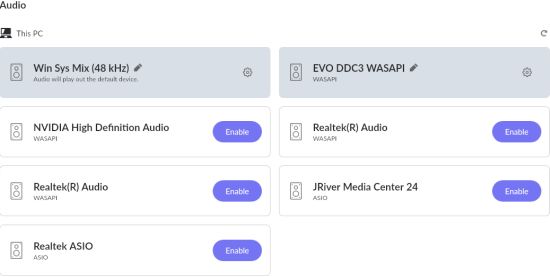
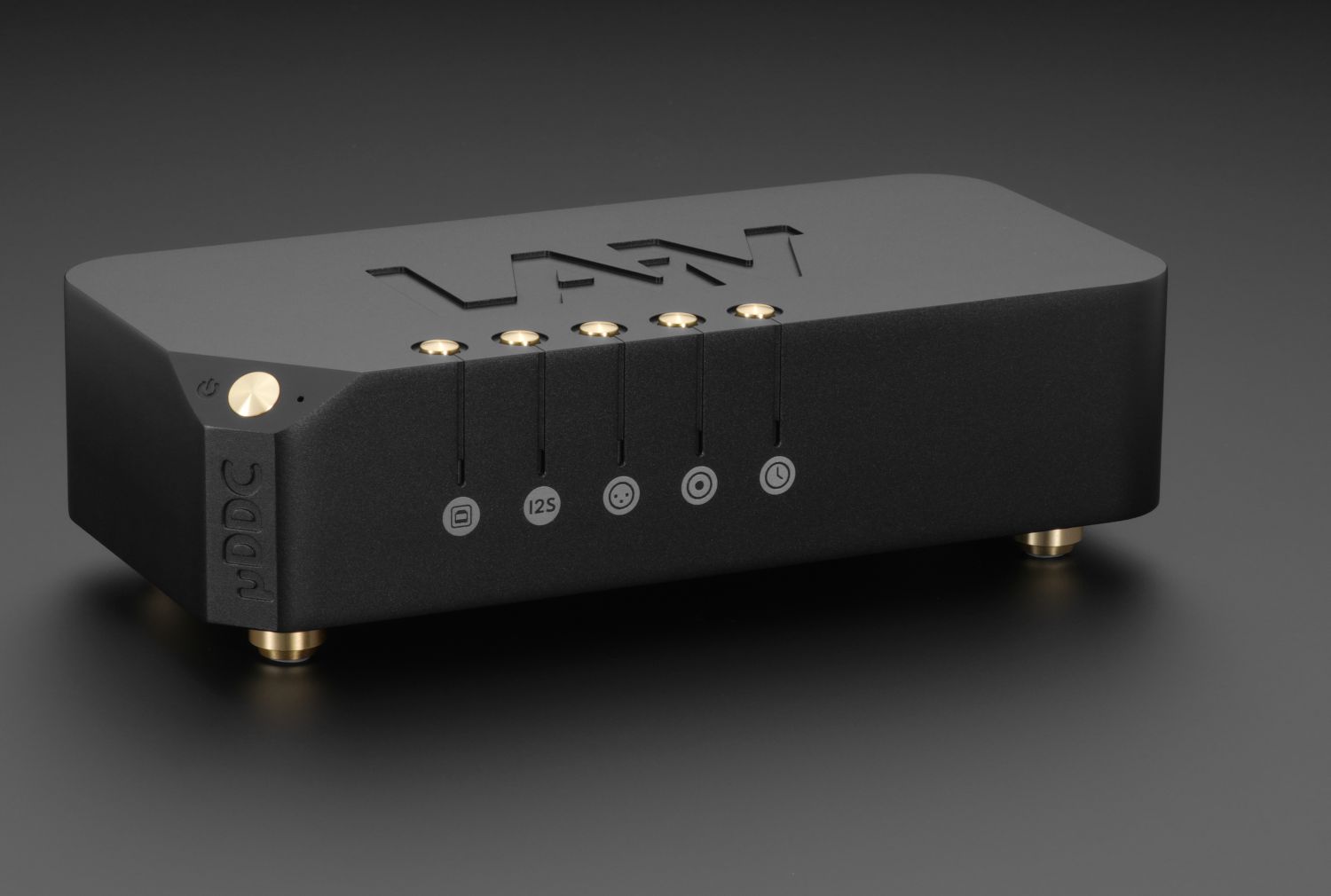
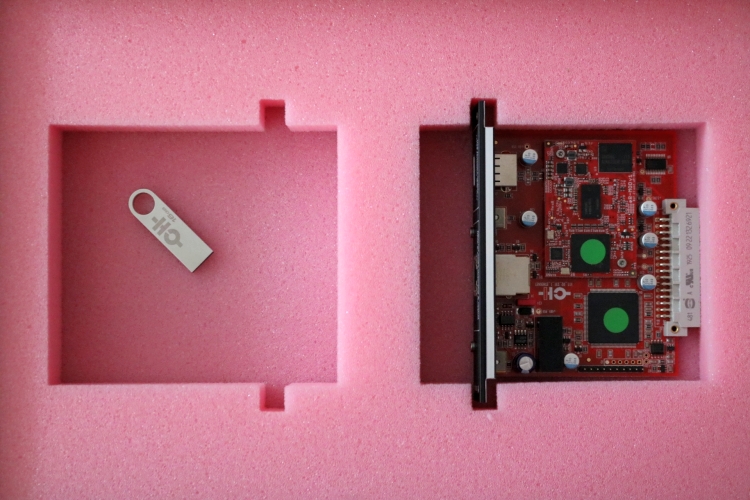
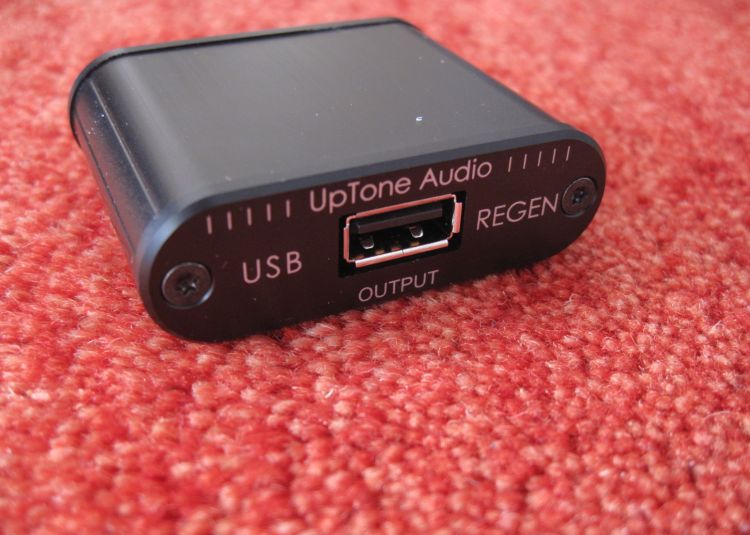
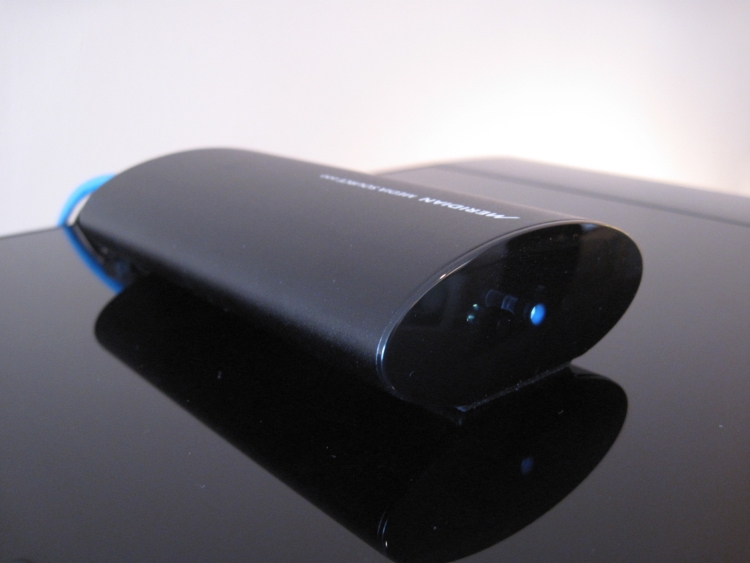
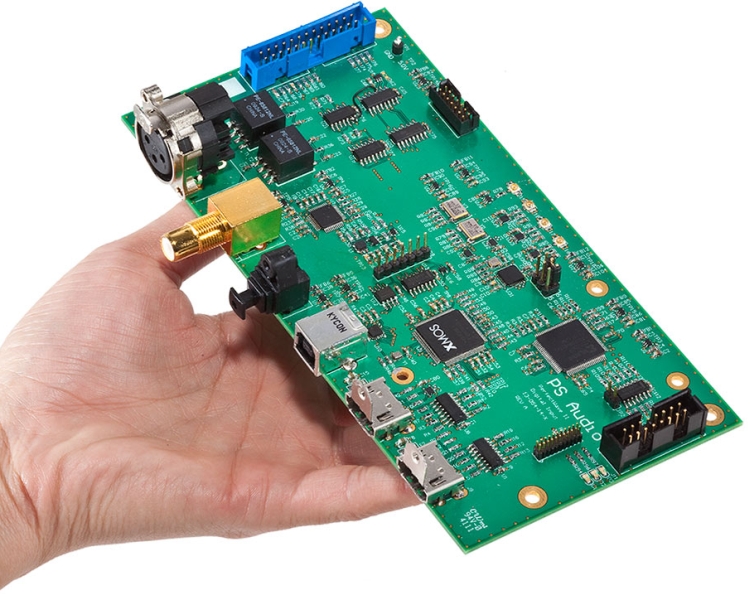
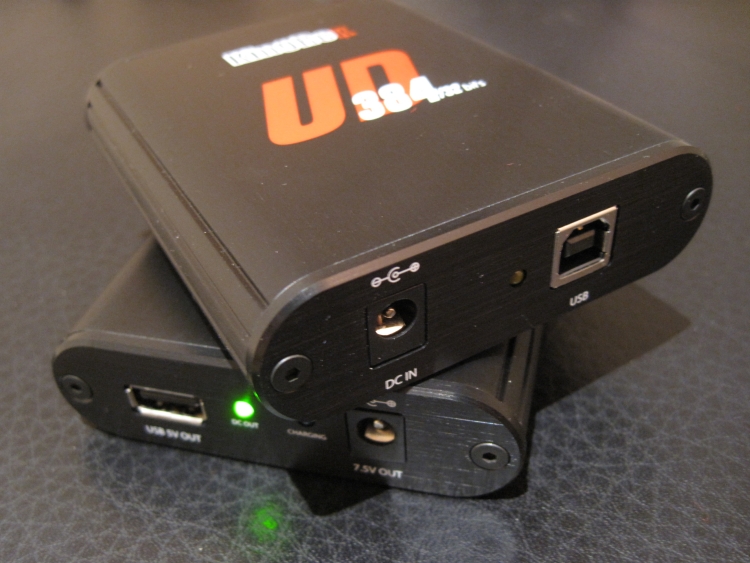
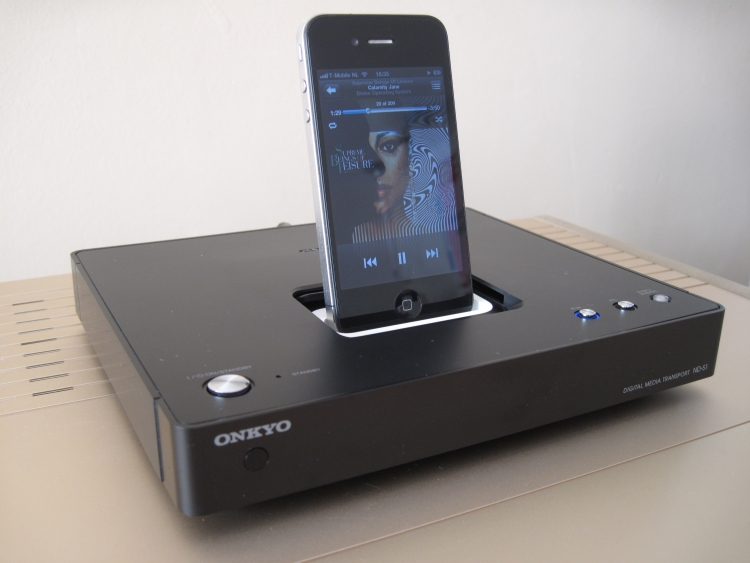
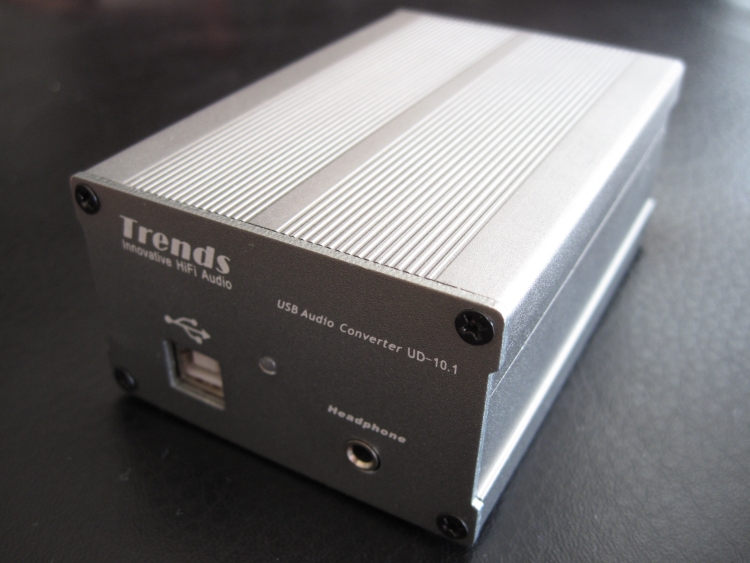
I am a fan of HiFi Advice. I love that Manunta (and Denafrips, etc.) have all-to-all converters. By the way, I have to use one of them. However, we are in 2023. How come that USB isn’t recognized as the most common high-end digital input? This is very confusing. Sad.
I think it is safe to say that USB is indeed the most common digital input for consumers and high-end audio. For pro-audio applications, however, AES/EBU is preferred, in part for its more rugged and predictable performance (high signal level, balanced, can travel great distances) and probbaly in part due to legacy (the standard was set far earlier than USB). And that is where converters like these come in.
BTW, while it is preferable to have a single standard, there is no single perfect format. AES/EBU has its weaknesses and non-ideal properties (synchronous and therefore jitter-sensitive), but so does USB (theoretically more ideal but in practice highly sensitive to the implementation of the interface on both ends).